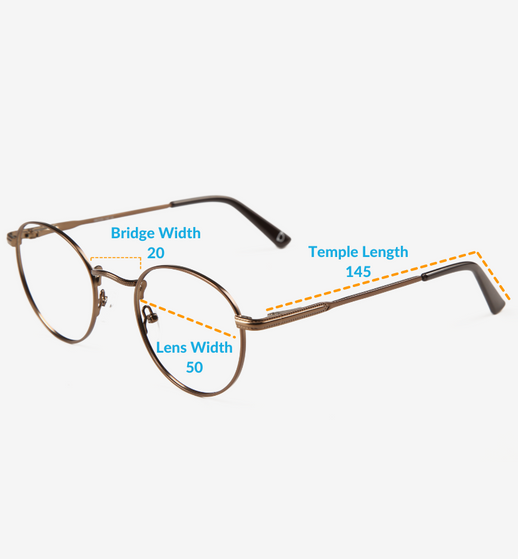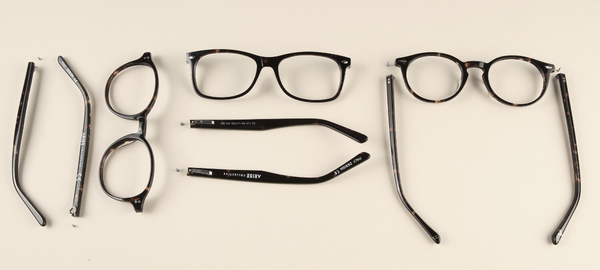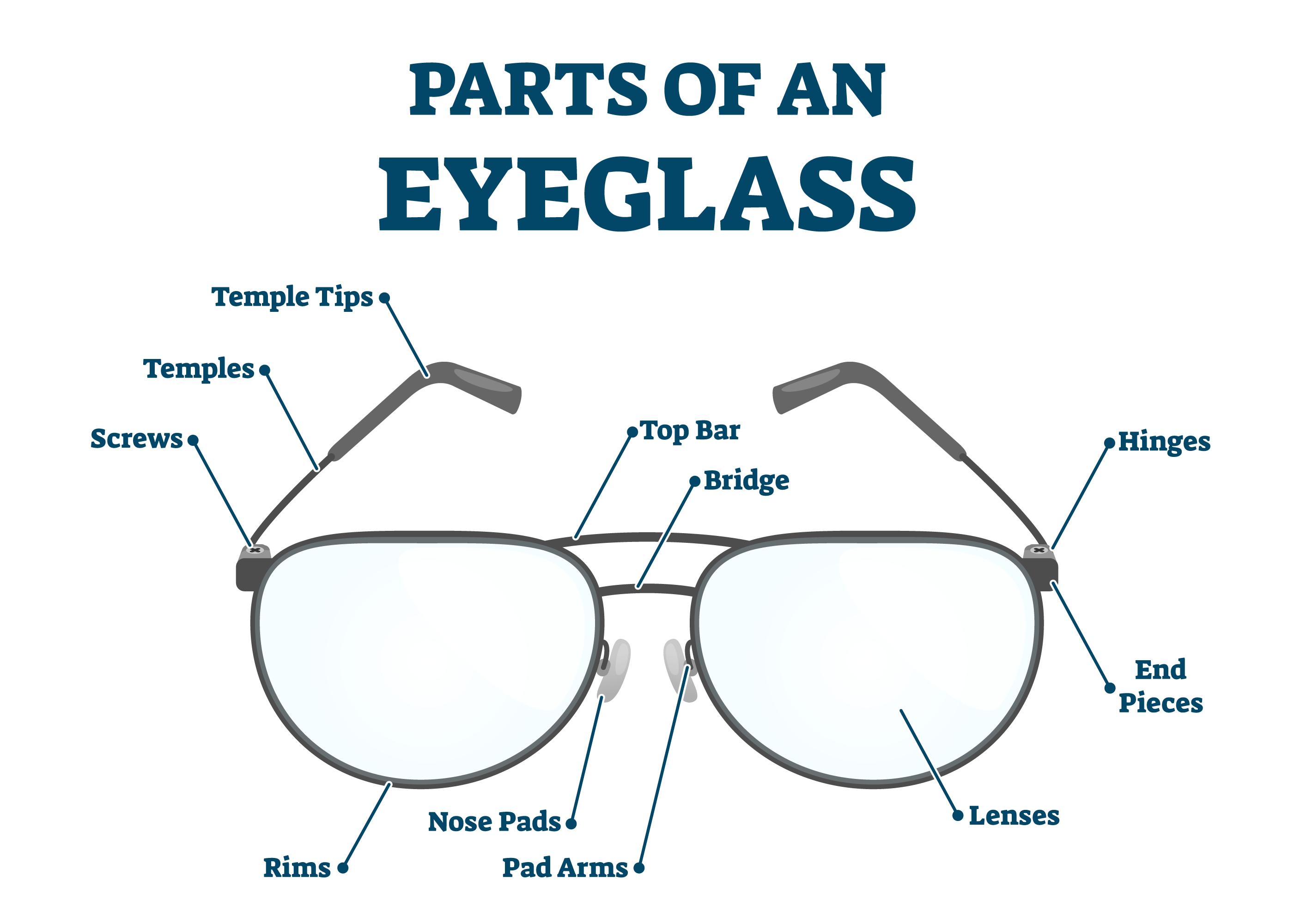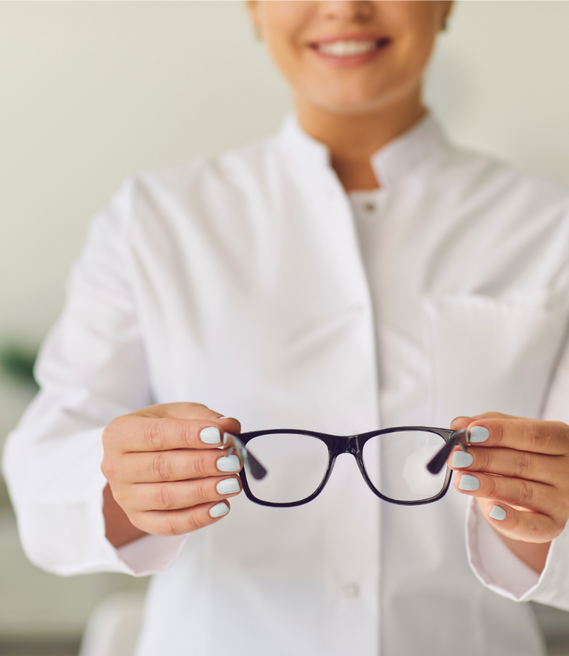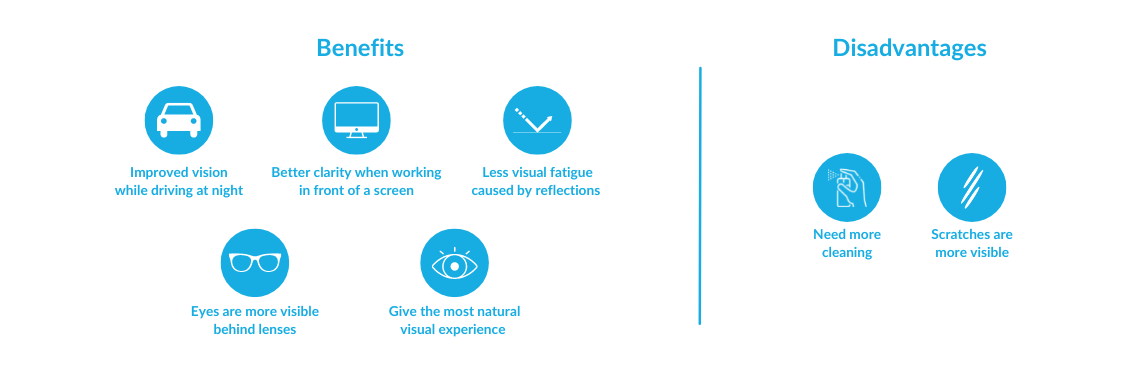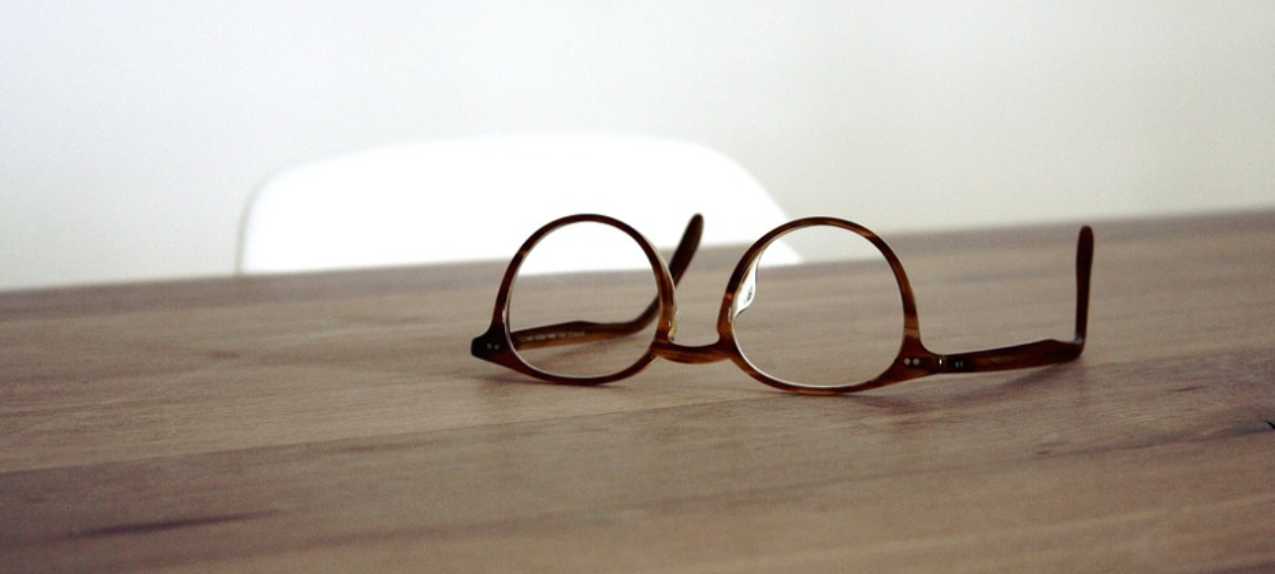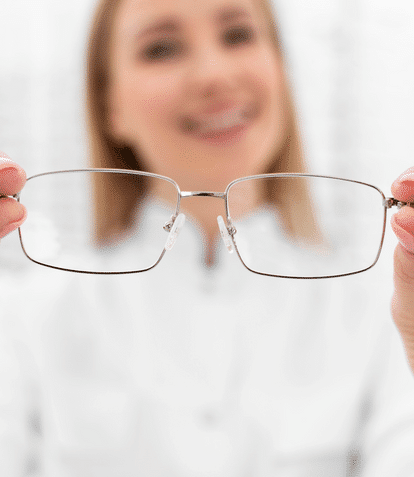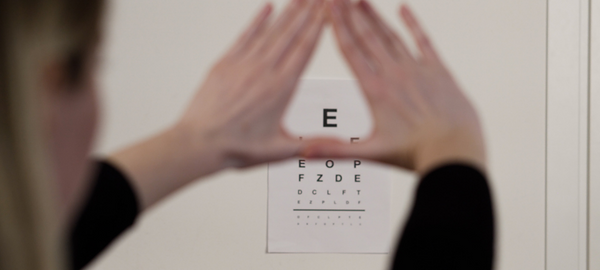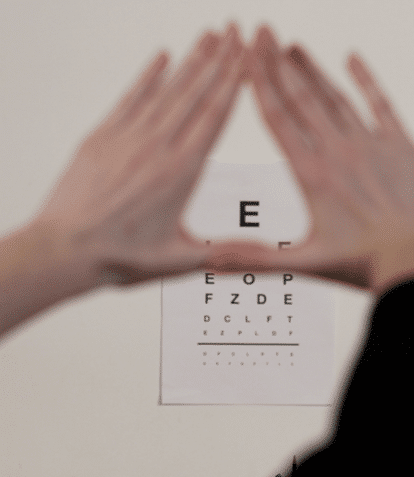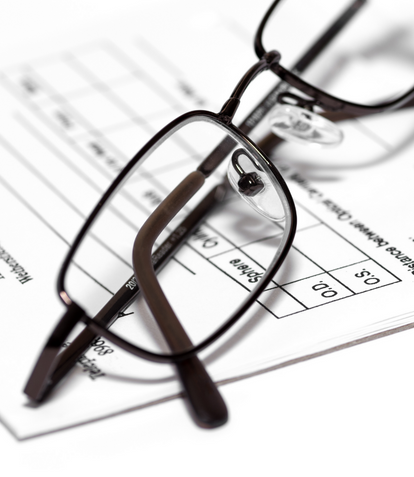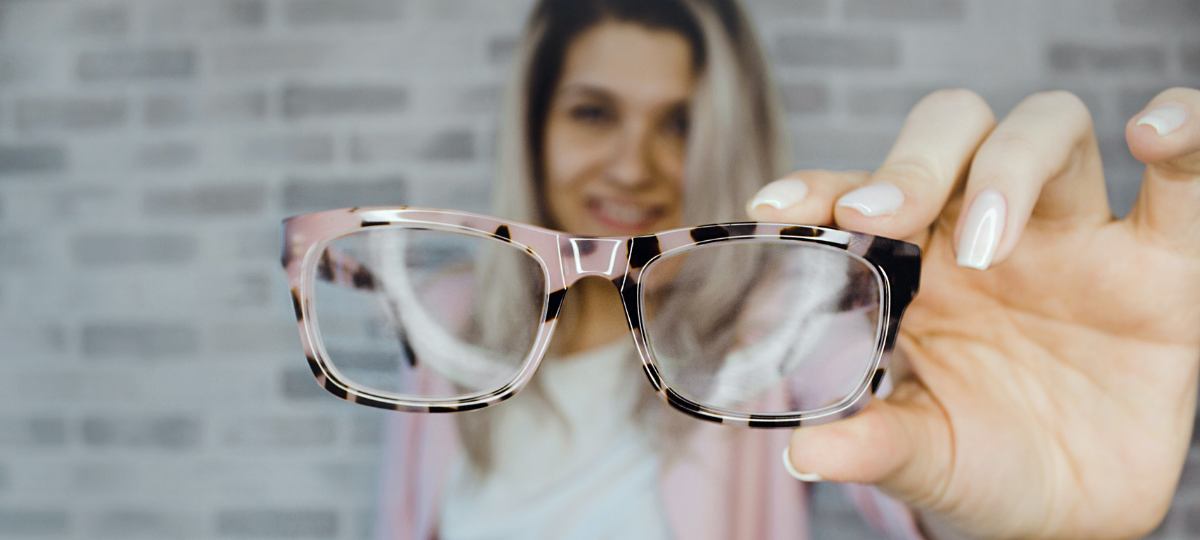
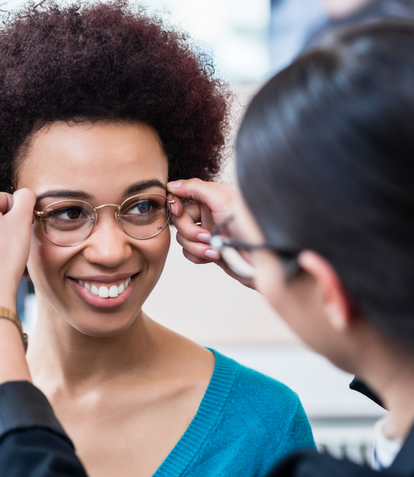
What's the best way to get used to new glasses?
Buying a new pair of prescription glasses can help you with clearer vision, but it can also cause discomfort at first. If you are new to glasses, it is crucial to know that many factors play into adjusting to a new pair.
New prescription glasses can cause dizziness or headaches even if you’re a glasses wearer. If you want to find out why that happens and need a few tips on adjusting to new glasses, keep reading this article.
How long does it take to adjust to new glasses?
Adjusting to new glasses is different for everyone. For some, it takes a few days; for others, it takes more. Not only do your eyes muscles have to adjust to the new lenses, but your brain has to adjust too. The adjusting time frame depends on many factors; it can either be based on the complexity of your prescription or the type of lenses you choose. If you are a glasses wearer, adjusting to a new prescription can also depend on your personal sensitivity or for how long you wore your last pair of glasses. Progressive lenses, for example, tend to be the hardest to get used to.
Is it normal for new glasses to feel weird?
The short answer is yes; new glasses can feel weird. As we already said, getting used to either having a new prescription or starting to wear glasses takes some time. While some symptoms may be expected and typical, it is still essential to analyse what is happening and understand if what you’re experiencing is common and temporary or if the glasses are not right for you.
If this is your first time wearing glasses, it is important to understand where the discomfort comes from. Is it from the lenses? Or is it from the frames? Having glasses sit on your face all day can be quite unpleasant the first few days; if the back or your ears hurt and you have severe nose marks, you may have chosen the wrong glasses size. You may also consider selecting a pair of frames made with lightweight materials like titanium.
Is it normal for glasses to be blurry at first?
Having blurry vision the first few days of wearing new prescription glasses is very common. With time passing, the blurriness should gradually begin to fade. Please consult an eyecare specialist if no improvement happens over the first few days. Your prescription may need to be corrected, and continuing to wear the glasses may cause damage to your vision.
Is it normal to feel dizzy with new glasses?
Dizziness is another common symptom during the first few days of wearing new glasses. Your brain may struggle to adapt to the new prescription, making you feel dizzy, nauseous, and lightheaded. While these symptoms are unpleasant or not what you expect when wearing glasses, they are usually short-lived and disappear in a few days. If, after a few days, the discomfort is still there, please consult an eye specialist.
Do new glasses give you a headache?
Headaches and eyestrain are commonly associated with new prescription glasses. The discomfort is more likely normal, so don’t panic. New lenses usually make your eye muscles respond differently compared to the old lenses or compared to not wearing lenses at all. Listed below, you will find four useful tips on how to help get used to new glasses.

Is there an adjustment period for new glasses?
As already mentioned, the adjusting period is different for everyone. While some may get used to the new prescription in a couple of days, others may need 5-6 days to start seeing clearly without experiencing discomfort.
It is crucial to note that although experiencing headaches, eye strain, dizziness, and blurry vision is expected, if the symptoms are severe and no improvement is visible after the first few days, you must consult an eye care specialist. Wearing the glasses for an extended period while experiencing these discomforts is not advised, as it may damage your vision.
Best way to adjust to new glasses
If you’re new to wearing glasses and are looking for tips on what to do to ease the adjusting process, here are some tips for you:
- Wear the glasses as much as your eye doctor advised: do not avoid wearing your glasses or go back to your old ones. Your eyes need to adjust to the new prescription, so wear them as much as advised.
- Give your eyes some rest. When experiencing eye strain, it is essential to give your eyes some rest. Remove the glasses, close your eyes, and take some time with your eyes closed to give them a break.
- Make sure you move your head: first-time glasses wearers tend to avoid moving their heads because of the new feeling of having them on their heads. Move your head as usual; the glasses will not fall off your face; if they do, you might need to check the size.
- Clean your glasses regularly. Even the smallest amount of dirt can increase discomfort for new glasses wearers, so make sure you clean the glasses regularly using a microfiber cloth and an optical spray. Remember to store the glasses in their case when not wearing them to avoid scratches.
If you have more questions regarding prescription glasses, you can head to our Optical Centre and ask our certified opticians for help.
How To Get Used to Glasses
Buying a new pair of prescription glasses can help you with clearer vision, but it can also cause discomfort at first. If you are new to glasses, it is crucial to know that many factors play into adjusting to a new pair.
New prescription glasses can cause dizziness or headaches even if you’re a glasses wearer. If you want to find out why that happens and need a few tips on adjusting to new glasses, keep reading this article.
How long does it take to adjust to new glasses?
Adjusting to new glasses is different for everyone. For some, it takes a few days; for others, it takes more. Not only do your eyes muscles have to adjust to the new lenses, but your brain has to adjust too. The adjusting time frame depends on many factors; it can either be based on the complexity of your prescription or the type of lenses you choose. If you are a glasses wearer, adjusting to a new prescription can also depend on your personal sensitivity or for how long you wore your last pair of glasses. Progressive lenses, for example, tend to be the hardest to get used to.
Is it normal for new glasses to feel weird?
The short answer is yes; new glasses can feel weird. As we already said, getting used to either having a new prescription or starting to wear glasses takes some time. While some symptoms may be expected and typical, it is still essential to analyse what is happening and understand if what you’re experiencing is common and temporary or if the glasses are not right for you.
If this is your first time wearing glasses, it is important to understand where the discomfort comes from. Is it from the lenses? Or is it from the frames? Having glasses sit on your face all day can be quite unpleasant the first few days; if the back or your ears hurt and you have severe nose marks, you may have chosen the wrong glasses size. You may also consider selecting a pair of frames made with lightweight materials like titanium.
Is it normal for glasses to be blurry at first?
Having blurry vision the first few days of wearing new prescription glasses is very common. With time passing, the blurriness should gradually begin to fade. Please consult an eyecare specialist if no improvement happens over the first few days. Your prescription may need to be corrected, and continuing to wear the glasses may cause damage to your vision.
Is it normal to feel dizzy with new glasses?
Dizziness is another common symptom during the first few days of wearing new glasses. Your brain may struggle to adapt to the new prescription, making you feel dizzy, nauseous, and lightheaded. While these symptoms are unpleasant or not what you expect when wearing glasses, they are usually short-lived and disappear in a few days. If, after a few days, the discomfort is still there, please consult an eye specialist.
Do new glasses give you a headache?
Headaches and eyestrain are commonly associated with new prescription glasses. The discomfort is more likely normal, so don’t panic. New lenses usually make your eye muscles respond differently compared to the old lenses or compared to not wearing lenses at all. Listed below, you will find four useful tips on how to help get used to new glasses.

Is there an adjustment period for new glasses?
As already mentioned, the adjusting period is different for everyone. While some may get used to the new prescription in a couple of days, others may need 5-6 days to start seeing clearly without experiencing discomfort.
It is crucial to note that although experiencing headaches, eye strain, dizziness, and blurry vision is expected, if the symptoms are severe and no improvement is visible after the first few days, you must consult an eye care specialist. Wearing the glasses for an extended period while experiencing these discomforts is not advised, as it may damage your vision.
Best way to adjust to new glasses
If you’re new to wearing glasses and are looking for tips on what to do to ease the adjusting process, here are some tips for you:
- Wear the glasses as much as your eye doctor advised: do not avoid wearing your glasses or go back to your old ones. Your eyes need to adjust to the new prescription, so wear them as much as advised.
- Give your eyes some rest. When experiencing eye strain, it is essential to give your eyes some rest. Remove the glasses, close your eyes, and take some time with your eyes closed to give them a break.
- Make sure you move your head: first-time glasses wearers tend to avoid moving their heads because of the new feeling of having them on their heads. Move your head as usual; the glasses will not fall off your face; if they do, you might need to check the size.
- Clean your glasses regularly. Even the smallest amount of dirt can increase discomfort for new glasses wearers, so make sure you clean the glasses regularly using a microfiber cloth and an optical spray. Remember to store the glasses in their case when not wearing them to avoid scratches.
If you have more questions regarding prescription glasses, you can head to our Optical Centre and ask our certified opticians for help.
















































